Egg donation treatment helps all healthy women under the age of 51 years to get pregnant and have their own children. All the principles described below for donor egg recipient’s treatment are also valid for treatment of recipients of donor embryos. Whether a recipient has or does not have a menstrual cycle of her own, has no impact on the success rates, if the recipient’s treatment is based on a scientific and individualized approach.
Who can get help by egg donation/embryo adoption?
Embryo and Egg Donation treatment success rates depend on three main factors:
- Egg donor’s age
- The morphology of the embryo
- The thickness of the recipient’s uterine lining (endometrium)
The recipients of donor eggs and embryos have to comply with just two main requirements:
- The presence of the uterus, without severe malformations
- The recipient’s general health should be good
The above means that every woman under the age of 51 can achieve a live birth through embryo adoption, or egg donation if her health is good and the uterus is present.
The recipient of donor eggs (embryos) follows her own individually designed treatment protocol, which aims for maximal implantation probability in a certain narrow time frame. This time frame is called an implantation window and lasts up to 48h.
You can choose the timing of your embryo transfer according to your own convenience and with no consideration of your cycle; just tell us you desired dates. We will then create a precise individualized treatment protocol in advance of your trip to logically lead you from your current hormonal situation to your implantation window on the day you have chosen .
By understanding your individual situation we can create your efficient individual medical strategy!
Prior to starting your embryo adoption, or egg donation journey with us, you will have a Skype consultation with our doctor . The aim of this consultation is to gain a full understanding of your medical situation and to rule out any potential medical obstacles. In cases where such obstacles are found we will discuss the best ways to overcome them so that together we can finally reach your much-desired goal – your successful pregnancy and a baby!
How is this successful pregnancy achieved?
- Through thorough examination of your medical profile and the preparation of your treatment plan, will ensure your best success rate
- A profound understanding of your needs, together with caring and regular interaction between yourself and our team throughout your entire treatment
- Expert egg donor choice and donor embryo matching in order to achieve the highest possible physical resemblance between you and your future child
- Careful choice of the best embryo for your transfer to reach the highest possible clinical pregnancy rate.
- Professional knowledge about pregnancy development after egg donation and embryo adoption enables us to maintain and preserve your pregnancy to full term .
Our primary goal is a healthy baby in your arms!
After defining your personal treatment strategy we will ask you to choose the dates of your visit to Saint-Petersburg. The length of your stay depends on your particular treatment and can vary from 4 to 12 days. We will of course advise you personally, well in advance, about how long you need to stay.
When you tell us which dates suit you best we will create your personal treatment plan in line with these chosen dates. Very often women and couples plan their visit to us in line with their holidays, or days off work, so that they can not only have an effective treatment, but also enjoy the city and it its sights. By the time of your arrival to our clinic you can be sure that your body is ready for the implantation and your donor eggs, or embryos, as well as all other medical procedures, are also ready for you.
It is important to remember that the hormonal schedule when preparing you for your egg donation, or embryo adoption, is far gentler than compared to the hormonal schedule used in own egg IVF treatment; The reason for this is that you do not need to inject high doses of hormones daily to make your ovaries produce eggs.
Having medical questions?
Medication before embryo transfer
The goal of the medication taken in an egg donation or embryo adoption cycle is to make your uterine lining ready for the embryo transfer in the best way and in the time frame chosen by you.
To prepare the recipients for embryo adoption, or egg donation the following medication groups are used:
Estrogen and Progesterone (natural, or synthetic)
Step 1 of your hormonal treatment usually consists of one cycle of estradiol and progesterone intake before the actual embryo transfer cycle - to replicate the stages of the normal menstrual cycle . That is why it is not important if you do, or do not, have your own menstruation.
- Estrogen and progesterone help to time menstruation logically for the chosen timing of the embryo transfer
- Estrogen and progesterone help to facilitate your uterus’s own skill of building endometrium up and down
Examples of natural Estrogens tablets are: Progynova, Progynon, Estradiol, Estrofem, Femanest
Example of synthetic estrogen+progesterone tablets are: Neovletta, Femoden, Marvelon
Down-Regulation
Step 2. You will have one injection of a “down-regulating” hormone, the aim of this is to avoid premature ovulation (as premature ovulation may move your ‘implantation window’ hence considerably decrease the implantation success rate).
- Down-regulation switches off your own ovarian activity for just 1 cycle.
- Down-regulation helps to avoid premature ovulation and progesterone production because this would shift your implantation window forward and would result in a decrease in success rates.
Examples of this type of medication are Procrene Depot – 3,75mg – 1 single injection, alternatively Diphereline Depot, Buserelin Depot, Zoladex, Decapeptyl Depot, or other agonist GnRH
Estrogens
Step 3 starts when you stop estradiol and progesterone in your previous cycle (“training cycle”) and menstruation begins. We then ask you to have your first ultrasound scan at your local doctor to check the thickness of your endometrium and to make sure that there are no cysts found.
Your preparation continues with estrogen tablets, cream and/or patches which help your lining to gain the optimal thickness ready for the embryo transfer. You will monitor the growth of your lining again with the second ultrasound, at your local doctor, to see how thick it is and if any additional estrogen doses are required.
We use both oral and transdermal forms to maintain a stable hormonal level during and after the donation cycle.
- Estrogens grow the endometrium lining in the uterus ready for the embryo transfer.
- Estrogens also sustain the endometrium lining after the embryo transfer so that your menstruation doesn’t begin before the embryonic placenta picks up the function of hormonal support in your pregnancy.
Examples of Estrogen tablets are Progynova, Progynon, Estrodiol
Examples of Estrogen patches are Climara, Estradot, Evorel and Vivelle
Comment: Sometimes our patients ask us about the amount of estrogen required before the embryo transfer and also two months after it – whether it is not too high ? The doses that we prescribe are still much lower than your estrogen created by your placenta in the second and third trimesters. That means that this external estrogen is not comparable in its level with the regular hormonal balance in a woman’s body during pregnancy.
Progesterone
Step 4: 6 days before the planned date of your embryo transfer you will start with progesterone. This time you will need to take two forms of progesterone at once: vaginal pessaries, or cream and injections – it has been scientifically proven that such a combination is the best way to prevent an early miscarriage in pregnancies after egg donation, or embryo adoption .
- Progesterone prepares the uterine lining for the reception of the embryo
- Progesterone sustains the endometrium lining after the embryo transfer so that your menstruation doesn’t begin before the embryonic placenta picks up the function of hormonal support
Examples of Progesterone medication: Crinone vaginal gel, Utrogest vaginal pessaries
Other Medication
We also use vitamins and medications to improve the blood flow in the uterus before, during and after the embryo transfer, as well as medications to reduce the immunity of the potential mother to the embryo. After having thoroughly studied your medical history we add the necessary medication to your egg/embryo donation treatment plan on an individual basis.
Embryo transfer
Embryo transfer is done via the canal of the cervix to the uterus with the help of a slim, flexible catheter made of plastic. This process is fast and pain-free . For the embryo transfer, only the best morphology blastocysts are chosen to be transferred.
Our standard practice is a Single Elective Embryo transfer; this is the transfer of one of the ‘best’ selected embryo, into the uterus.This results in a clinical pregnancy rate of above 70% per embryo transfer in our egg donation programmes and above 60% clinical pregnancy rate per transfer of donor embryos.
The transfer of two embryos will not increase pregnancy rates considerably, but will significantly raise life/health risks for the mother and the children if a twin pregnancy occurs.
That is why we stick to the concept of preserving our high success rates, not through the means of number of transferred embryos, but through the meticulous donor choice and laboratory excellence.
Treatment after embryo transfer
Once the embryo has been transferred into your uterus you will continue to take Estrogen and Progesterone for 10 days before taking a pregnancy test (this will be a blood test). Should the test result be positive, you will carry out an ultrasound scan 4 weeks later to confirm your pregnancy.
You will continue with your hormonal medication until 12-13 weeks of pregnancy when the placenta becomes mature and produces enough hormones to support the pregnancy itself. From this term of pregnancy you will not usually need more specific support than a naturally conceived pregnancy and the prognosis of carrying it to the full term is very good. After most of your hormonal support is discontinued, you will take only progesterone, in a low dose, up to week 32 to keep your cervix long, strong and closed and to reduce the risk of a late miscarriage, or an early birth.
We very much look forward to receiving your news about the result of your pregnancy test, so please inform us as soon as you get your result. In case of a positive outcome, we will be glad to advise and support you further with all the necessary information.
If however, the result of your test turns out to be not that we hoped for and is negative, we remain by your side to help you with any information you require — and to guide you in the next steps.
The miscarriage risk after egg- or embryo donation treatment is no higher than that of a young woman in her 20s, using her own eggs, this is due to the several reasons:
- The use of the best quality eggs, from young and healthy egg donors,
- The choice of the most promising embryo to transfer
- And the most efficient hormonal support, together with our professional medical advice all the way to the live birth.
Please ask us for a telephone consultation, this will allow one of our doctors to talk to you about your medical history and personally advise you about your ideal treatment plan, resulting in a live birth via either egg donation treatment, or an alternative fertility programme.

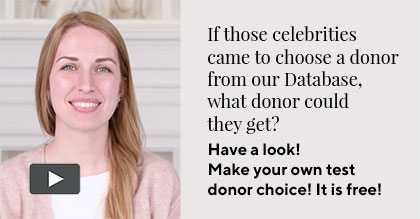
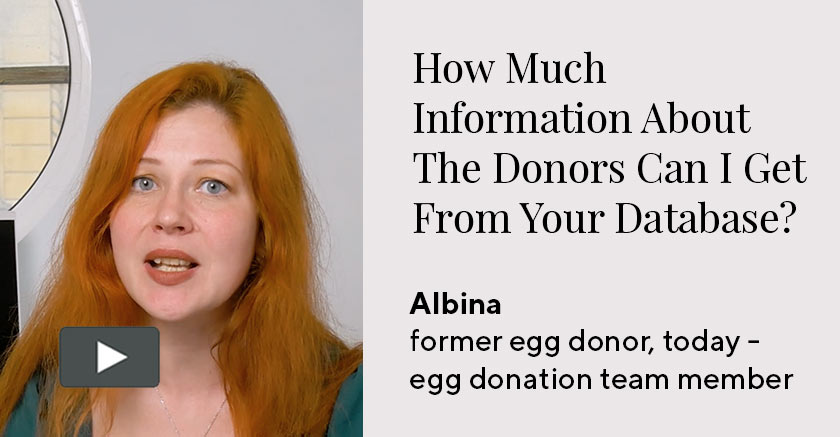
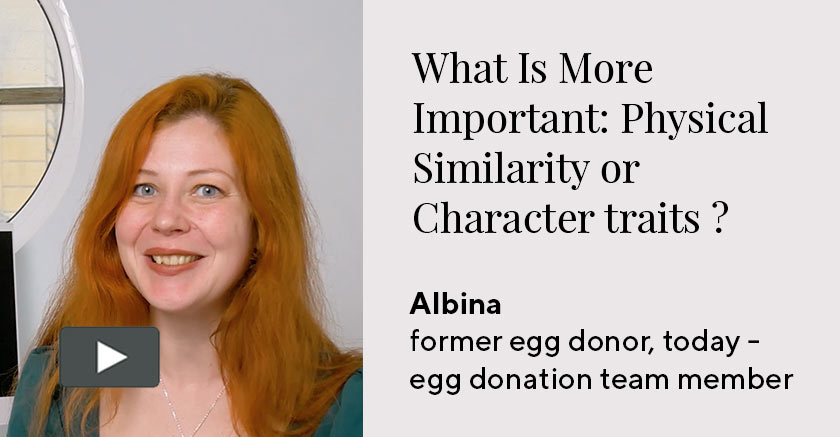


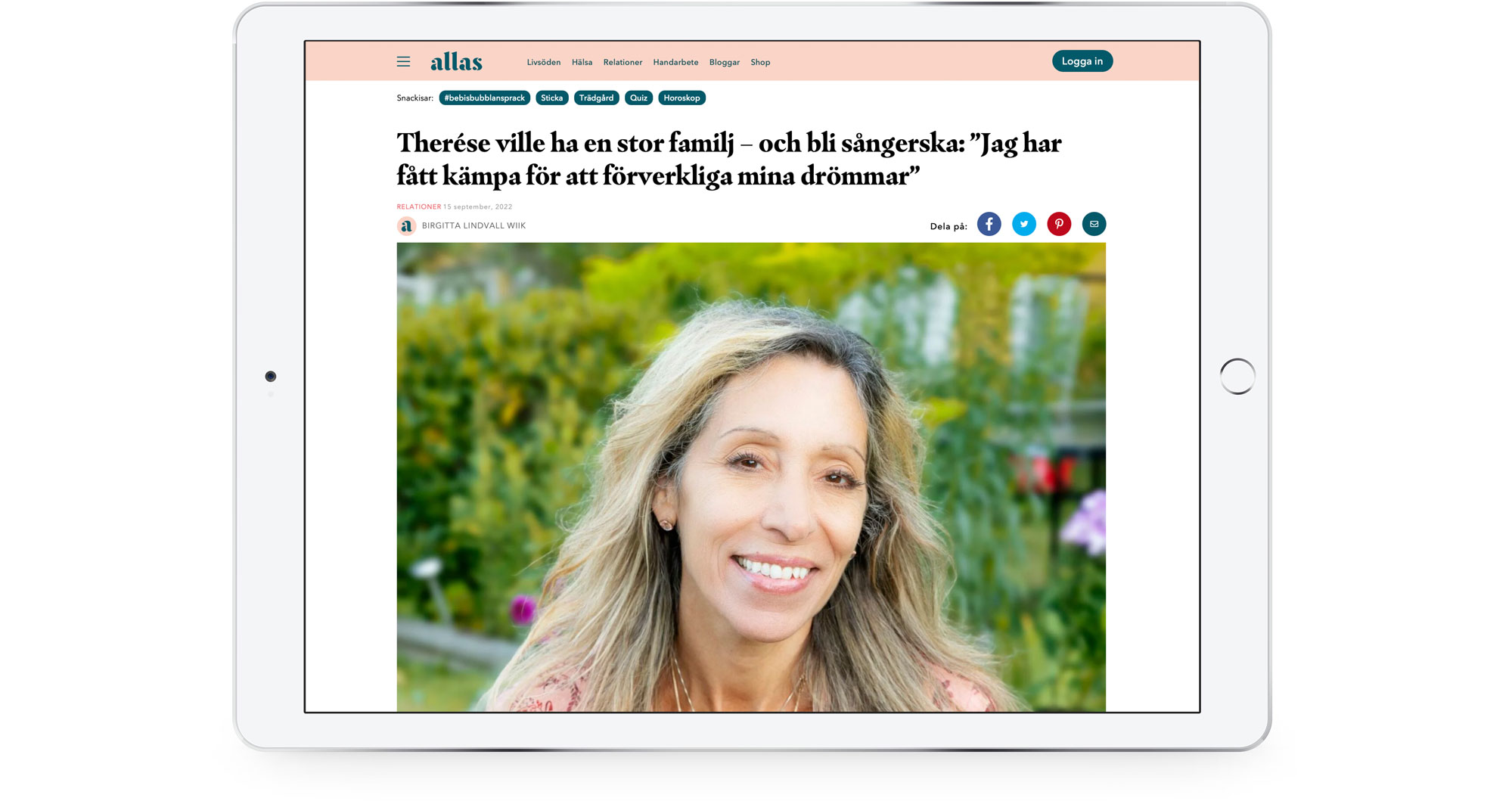
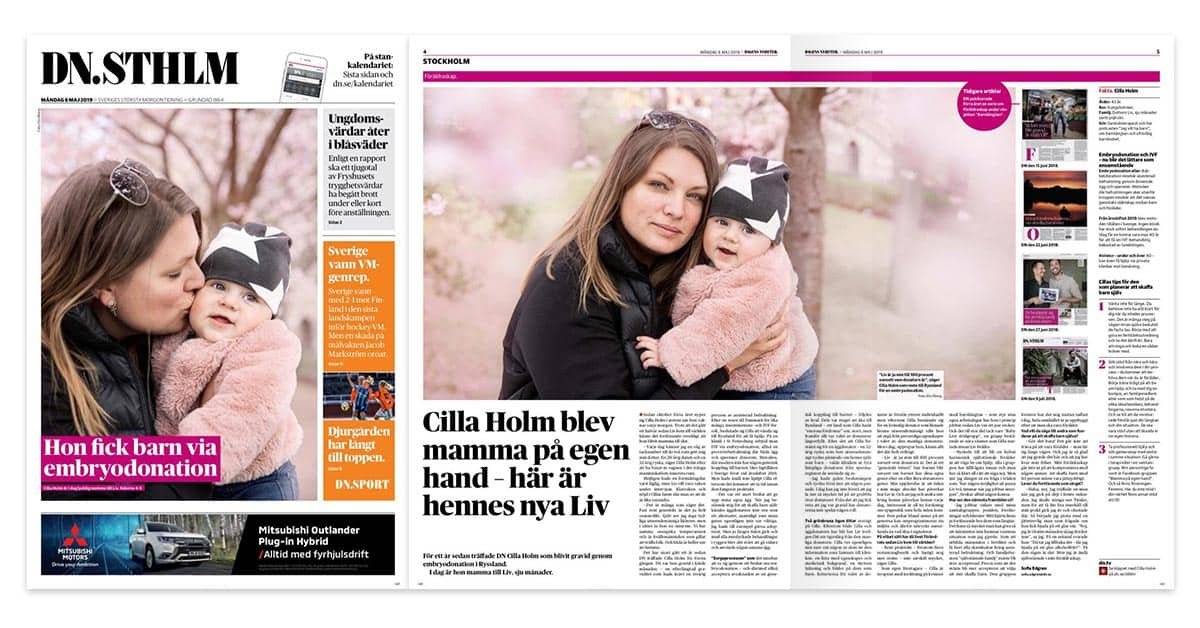
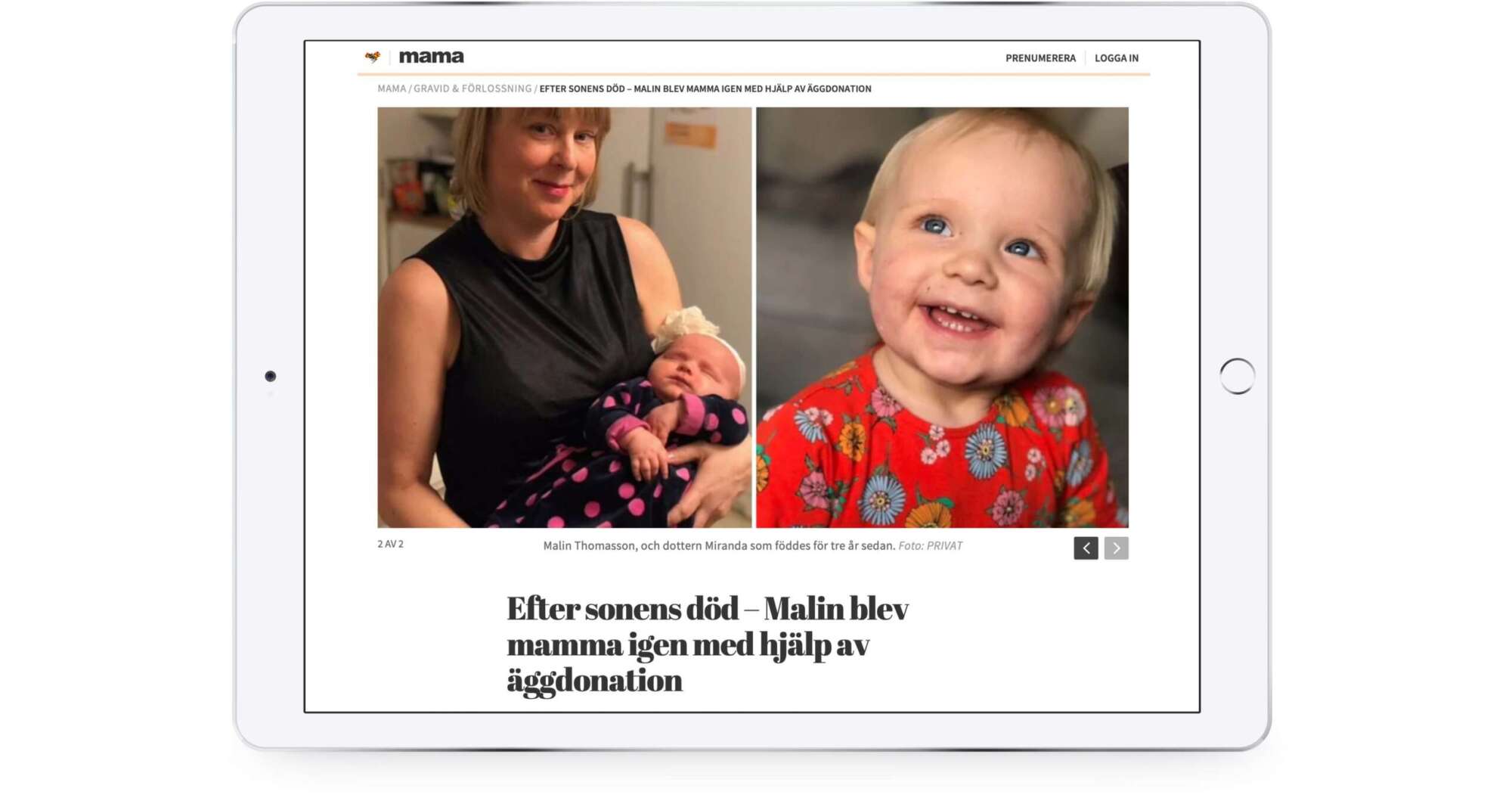
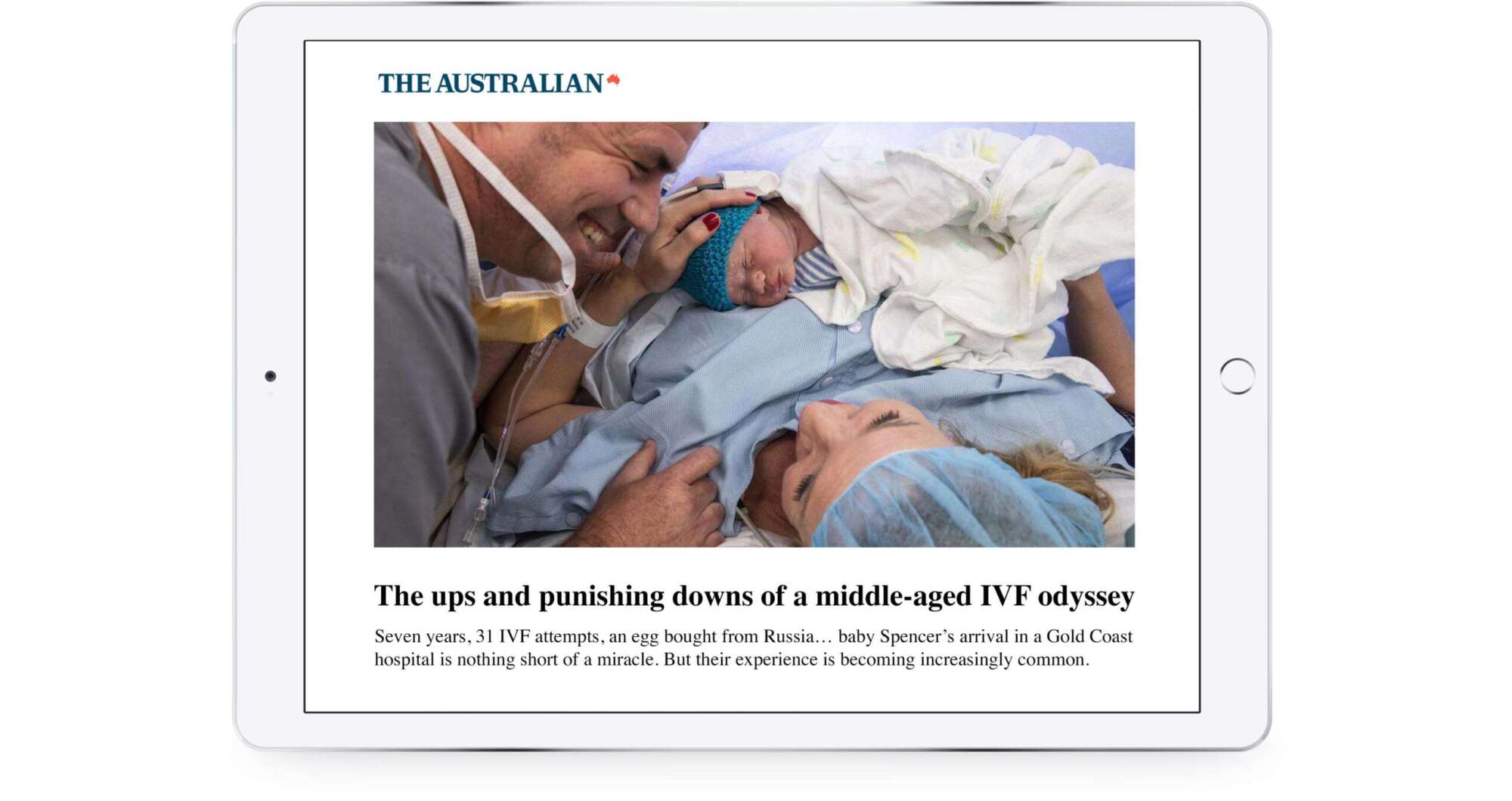
Comment: From time to time our patients ask us not to include the down regulation injection (=“artificial menopause”) in their treatment plans for egg donation, or embryo adoption, explaining this request by their very unpleasant experience with this medication in their previous own egg IVF treatments. They note its unfavorable impact on their general state, mood and concentration, some of them even say that they had to stay off work and interrupt their usual daily life for around a month.
However, the way the “the artificial menopause” feels in an embryo, or egg donation cycle is much milder than the perception of “artificial menopause” in long protocols of own egg IVF treatment.
First, before the start of “the artificial menopause” in our treatment plans the patients take estrogen and progesterone that counter-balance the effect of the down-regulation injection.
Secondly, IVF own eggs stimulation protocols usually extend the artificial menopause up to 3 weeks, in the case of egg/embryo donation treatment this period is much shorter and does not exceed 7 days, so the undesired symptoms are highly unlikely to appear in such a short period.
It’s also good to understand that the refusal of down-regulation may lead to the shift of the implantation window and to the increase of progesterone, this is turn can lead to the reduction in implantation rates so that the embryo transfer on the planned date is not advisable.
Taking all the above factors into consideration, most of or patients reconcile with the idea of a short artificial menopause and as a result keep their peace of mind and continue smoothly, without issues, through their treatment schedules .